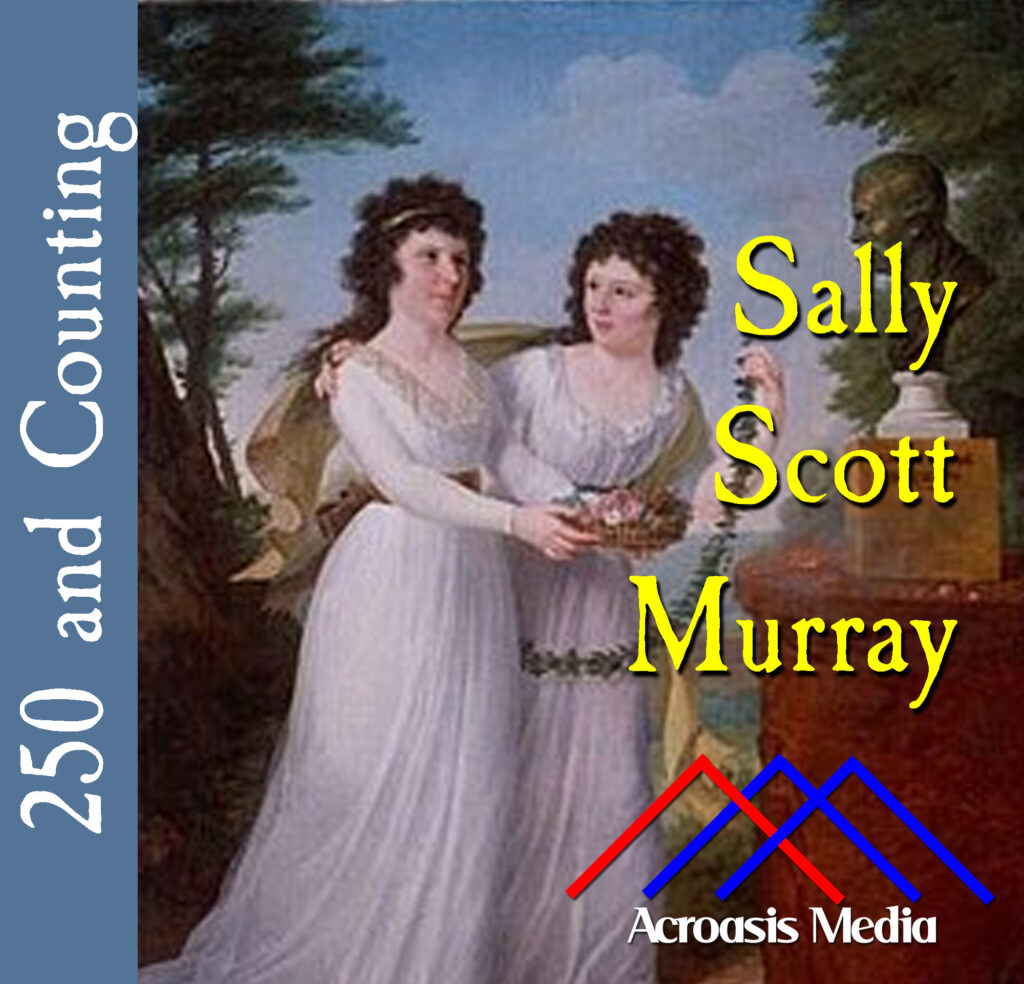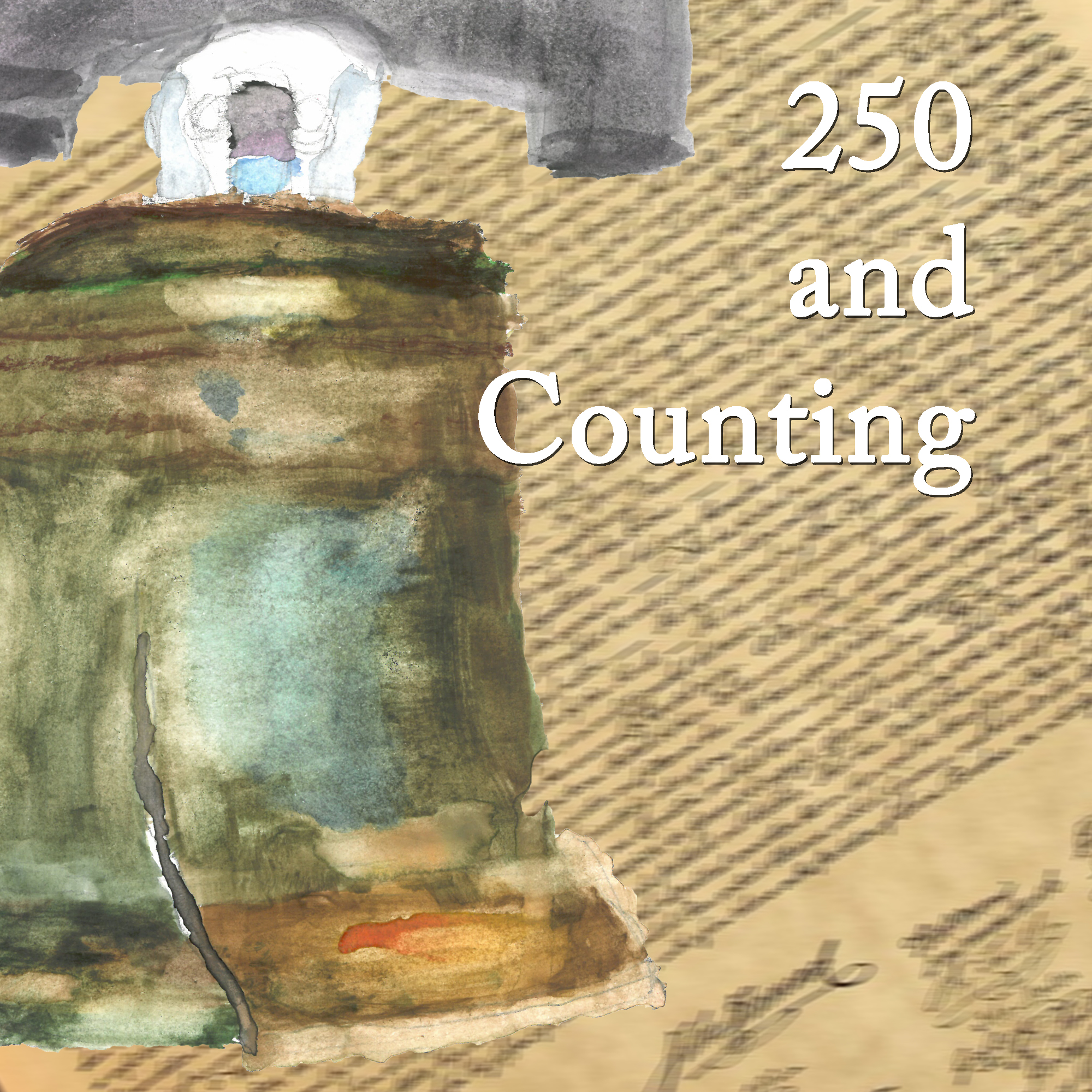
Sally Scott Murray was a political wife for the better part of her adult life, given all the different elected offices that her husband Edward Lloyd the 5th held. There were a few years immediately after their marriage when id didn’t hold elected office, and he predeceased her by about twenty years, but in between, Edward’s resume is all over the Maryland State Archives.
And, of course, there’s a Lloyd Street in Baltimore. Just around the corner on Lombard Street is one of the best places ever to get a corned beef sandwich; a Jewish deli by the name of Attman’s. Stop in and tell them I said Hi. They won’t know what you’re talking about, but we can use the publicity.
Podcast: Play in new window | Download | Embed







